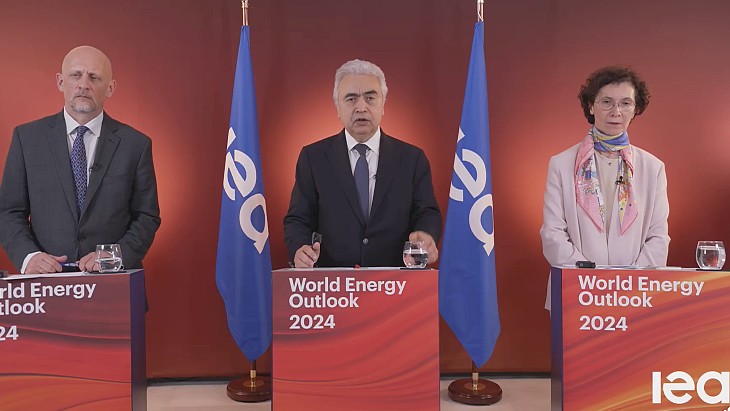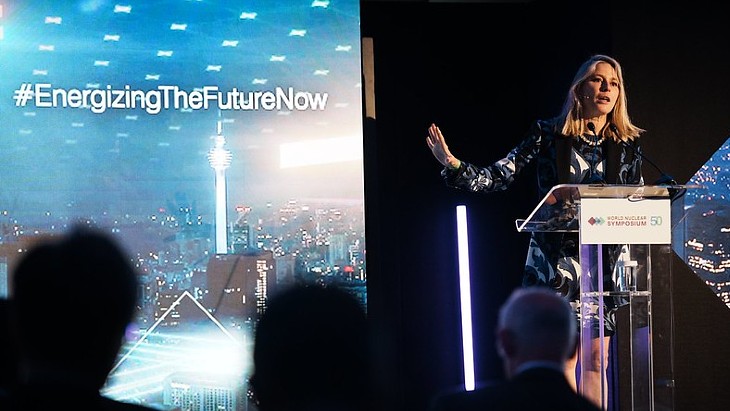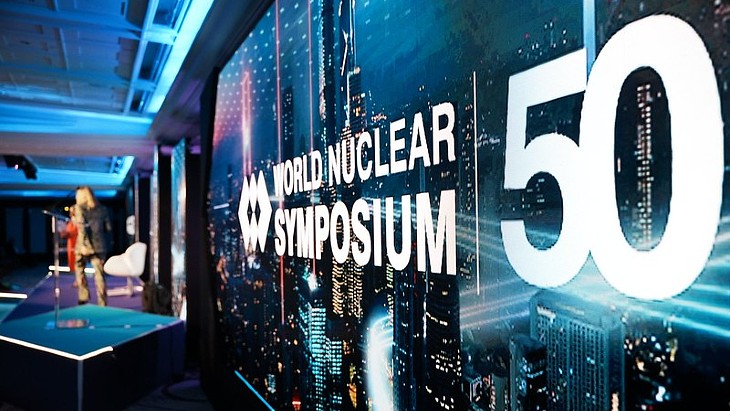Emerging Energy Market Analysis (EMA) was formed by INL in partnership with the University of Alaska, Boise State University, Massachusetts Institute of Technology, University of Michigan, and the University of Wyoming. Its multidisciplinary team includes lawyers, sociologists, energy policy experts, engineers and scientists, and can identify complex interactions and interplay between technological, social acceptance, economic and systems resilience attributes of future energy systems, making for a more holistic overview to inform energy choices.
Using innovative, community-based approaches to accelerate the clean energy transition can provide communities and economies the chance to thrive, but there is no "one-size-fits-all" approach that is the best choice for everyone, according to EMA. The initiative aims to help such communities to find the most suitable choice for their own situation.
EMA's approach lies in creating a value map to inform energy choices. This is based on a multi-dimensional decision framework designed to assess the emerging opportunities driven by energy market transitions - including conventional and advanced nuclear technologies. The framework is drawn from a comprehensive analysis of societal input, resources, capabilities and infrastructure - all of which lay the foundation for community decision-making models.
"We're trying to understand what's important to the ultimate user to better assess what a technology could provide, how it compares to the alternatives, and therefore, what the true price should be," said David Shropshire, a nuclear energy economist at INL.
"EMA really is changing the way we should view nuclear," he said. "More and more, we're considering the social element. How would a community come to accept a technology such as nuclear, and why?"
EMA's framework draws on case studies in Alaska and Wyoming - two US states that currently rely heavily on fossil fuels but are looking for opportunities to transition to a clean energy-based economy. In Wyoming, the case study profiles a Net-Zero Based Energy Production and Manufacturing Centre - an energy centre sited at a retiring coal plant using clean energy sources including microreactors. There are two Alaskan case studies: one profiles a market with a microreactor-based energy centre "sited on or near an anchor institution or facility" - such as a "secured federal facility" that is the primary customer for its energy; the other a microreactor-based energy centre sited near a remote mine to provide energy for mineral extraction and processing. The initiative aims to build on insights from these case studies to further understand what defines "value" and to further refine its approach.
"These states are beginning to recognise that relying on fossil fuels can't go on forever," Shropshire said. "They're looking for opportunities to transfer to a clean energy-based economy."
EMA's website does not name any existing projects connected to the case studies. However, the US Department of the Air Force recently issued a request for proposal for a microreactor to be built at the Eielson Air Force Base in Alaska to meet a baseload electricity demand of 5 MWe; Alaskan cooperative utility Copper Valley Electric Association and Ultra Safe Nuclear Corporation earlier this year agreed to determine the feasibility of building the first commercial installation of a micro-modular reactor system to help lessen its dependence on fossil fuels; and a site near a retiring coal plant in Kemerer, Wyoming, has been selected for a demonstration unit of TerraPower's Natrium sodium-cooled fast reactor.
"We think that the EMA framework is a key tool as communities make the transition to carbon-free energy production," said Steven Aumeier, INL senior advisor for nuclear energy programmes and strategy.

.jpg)



_99697.jpg)
_17361.jpg)
_70008.jpg)





